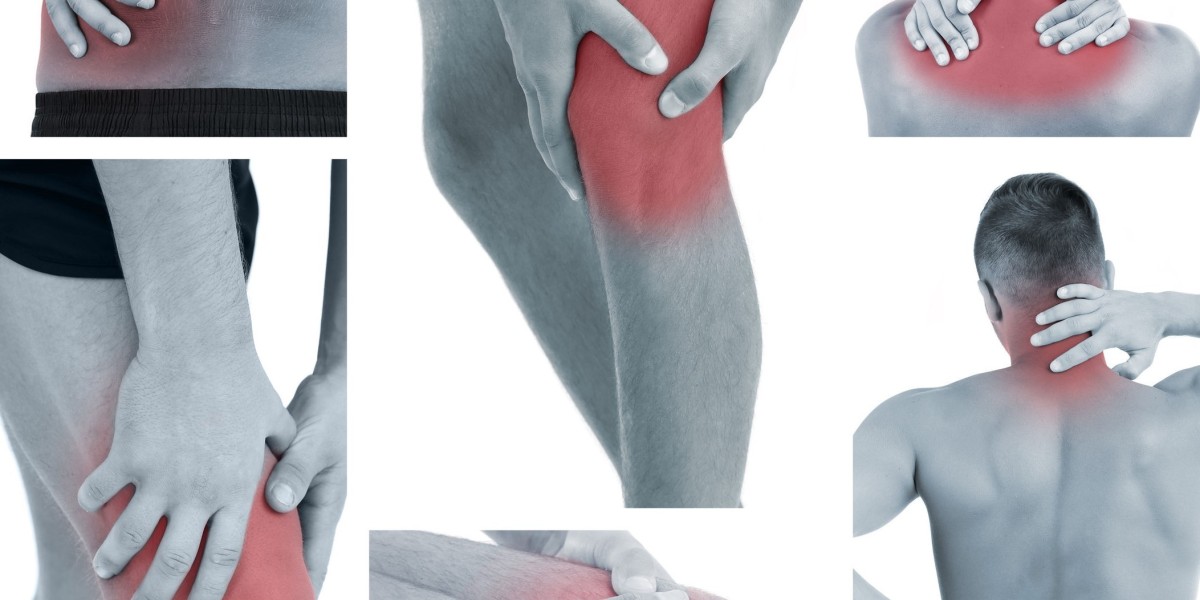What is pain?
Pain
You accidentally touch a stove. You jerk away your hand in a millisecond. What happened?
Pain receptors are located throughout the body, inside and outside. These receptors transmit electrical messages to your brain via the spinal cord. Your brain only interprets electrical signals after receiving them. In certain cases, like when you touch a hot stove, the body may take defensive action before the brain knows what's happening. It is because the spinal cord receives pain signals that can trigger an automatic reflex, causing muscles to contract near the source of pain relief.
The body has different pain receptors and nerve paths. The pain sensation will also differ depending on the source and the route taken by the message. Sometimes, it is hard to pinpoint the exact source of pain. Some people experience pain in their neck or jaw when they have a heart attack. The ability of people to tolerate pain varies, as does their response to pain relief medications.
There are two main types of pain:
Acute Pain:
- It is usually easy to identify the source
- Starts suddenly
- Doesn't Last a Long Time
- Increases heart rate and blood pressure
Acute pain can be useful. It is a sign of danger. Some examples include touching a hot surface, stumbling your toe, or getting cut.
Chronic Pain:
- It can last for years.
- You can come and go or stay constant
- It can cause depression, sleep disturbances, and a decrease in appetite.
- It has little to no effect on heart rate, blood pressure, or breathing rate.
Chronic pain is a message that has been received and sent but continues to be sent. Some examples include cancer, arthritis, and back injuries.
Symptoms
Pain is a symptom. A specific cause often causes acute pain. Chronic pain can last for months or even years and may or may have no obvious cause.
Diagnosis
Doctors try to diagnose pain by determining the intensity and the source of the pain. It must be challenging to do. It is difficult to describe pain with words, as no laboratory test can prove its existence. Each person feels pain differently.
Your doctor will ask you about your pain history. Your doctor may ask you to rate your pain on a scale from 0 (no discomfort) to 10(unbearable). They can also use other measurements and scales. Your doctor can decide the best treatment for you once he has determined whether the pain is chronic or acute and if it results from an injury or other cause. Doctors often treat pain without identifying the cause.
Expected Duration
The severity and source of the pain will determine how long it lasts.
The following is a list of preventions.
It can be dangerous to try and prevent pain from occurring. Acute pain can be a vital message for survival. Some people have a rare disorder called congenital analgesia and cannot feel pain. They are in grave danger as they fail to recognize warning signs that could be life-threatening.
Once the cause of the pain has been identified, it may be possible to stop it from returning. A person with a stomach ailment can take medication to heal and pain relief.
Treatment
While your doctor is trying to determine the cause of your pain, he will likely treat it. Many drugs' effectiveness depends on the patient and the nature of the pain.
Analgesics are the most commonly prescribed pain medication. Acetaminophen interferes with pain signals. Aspirin, Ibuprofen, and Motrin work in two ways: 1) they interfere with pain messages, and 2) they reduce inflammation, swelling, and irritation which can worsen the pain. Topical pain relievers, such as lidocaine, IcyHot, or Aspercreme, may reduce pain by numbing, reducing inflammation, or causing skin irritation.
The most potent pain relief is provided by narcotic pain relievers such as codeine and morphine. These are usually reserved for severe pain. These drugs can have serious side effects and can also be addictive. They can also cause constipation.
Certain types of pain may be treated with anesthetics and other drugs like antidepressants.
Some medications are injected into the area of pain or near the nerve to stop the pain signal.
Other non-drug pain treatments include:
- Acupuncture
- Massage
- Relaxation
- Psychotherapy
- Transcutaneous electrical nerve stimulation, or TENS, uses electrical impulses to stimulate nerve endings near or at the site of the pain.
People with chronic pain may benefit most from non-drug treatments. These treatments can stimulate the production of natural painkillers called endorphins. Non-drug treatments can also work directly on nerves to block pain signals. It's not always clear why pain is reduced.
Treatment Options
This list includes medications related to this condition or used in its treatment.
- Tylenol
- tramadol
- Dilaudid
- OxyContin
- Percocet
When to Call a Professional
Pain is a sign that there's a problem. While different people can tolerate different pain levels, it is important never to ignore it. Consult your doctor if you can't determine the cause of the pain or if the pain persists or doesn't respond well to treatment.
Prognosis
The outlook for people suffering from acute pain is generally good. Pain relief is possible with many drugs. The pain will subside when the source of the pain has been removed.
Chronic pain can make life more difficult for some people. Pain can be difficult to locate and treat. It may persist even after the cause has been addressed. Chronic pain can lead to sleep disorders, depression, and loss of appetite. Chronic pain is a condition that doctors are still learning about. However, chronic pain patients may have to endure pain for many years. Incorporating lifestyle changes and non-drug treatment into daily life may be necessary.







